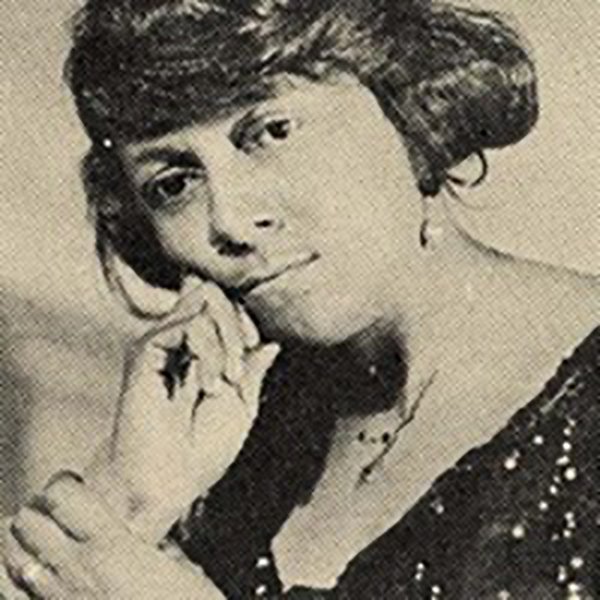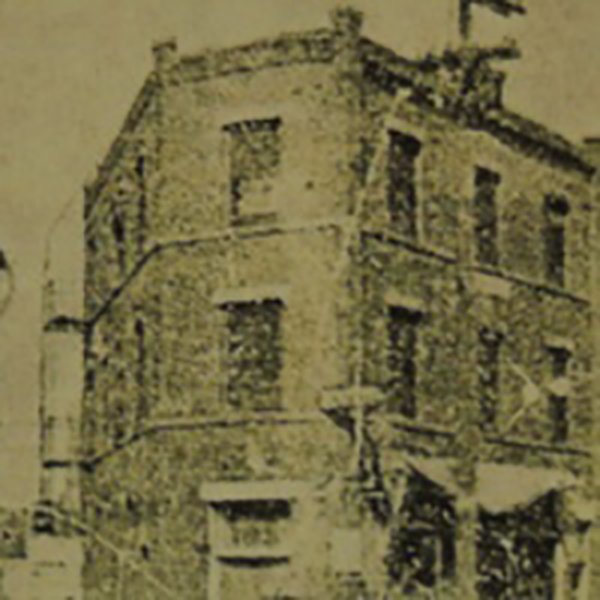In Fall 2020, students in Dr. Brandy Thomas Wells’ HIST 4073: Digital Methods in History course learned how historians develop and use digital resources to deepen our understanding of the past and how they use these resources to communicate with members of the profession and the larger public.
 Students authored a series of blog posts, created podcasts and infographics, and worked with big data including Twitter data to study topics that people have been discussing on social media during the pandemic. They aided the OSU Libraries with a meta-data project on the Drummer, one of the underground student newspapers at Oklahoma State University in the 1960s and 1970s.They also authored biographies on suffragists for publication in the Online Biographical Dictionary of the Woman Suffrage Movement in the United States.
Students authored a series of blog posts, created podcasts and infographics, and worked with big data including Twitter data to study topics that people have been discussing on social media during the pandemic. They aided the OSU Libraries with a meta-data project on the Drummer, one of the underground student newspapers at Oklahoma State University in the 1960s and 1970s.They also authored biographies on suffragists for publication in the Online Biographical Dictionary of the Woman Suffrage Movement in the United States.
With an eye towards the 2021 centennial commemoration of the Tulsa Race Massacre, Dr. Wells led students in an evaluation of digital websites and archives, where they sought to uncover gaps in our understanding of this important event in state and national history. Students found that one area existed at the intersection of race, class, and gender.
Across several weeks, students worked together to produce short essays on the Black experience in Oklahoma to accompany autobiographical essays on Black women in Historic Greenwood. They unearthed the life of people like Lula Sims, who lived in Mississippi and Tennessee before moving to Indian Territory around 1901 or 1902. She soon began serving the community as a teacher at the Dunbar Grade School. The building was one of the many destroyed by a White mob that burned some 35 city blocks.
Another student chronicled the life of Dora Wells (pictured above), who may have been born in Mississippi. In Greenwood, she was well-known as the owner of the Wells Garment Factory. She was also very involved in the Black community. She was a member of the local Daughters of Elks and vice president of the co-ed Local Business League. Wells was not in Tulsa when the massacre occurred. When she returned, she found the area in ruins, and her business burned to the ground.
 One student examined the life of Loula T. Williams, who opened the Williams Confectionery (pictured left) in 1909. This store was popular hangout spot where customers chatted over ice cream, candy, and soda.
One student examined the life of Loula T. Williams, who opened the Williams Confectionery (pictured left) in 1909. This store was popular hangout spot where customers chatted over ice cream, candy, and soda.
For many, the name Emma Gurley may be recognizable—likely because she was the wife of the famous O.W. Gurley, popular known as the founder of Tulsa's Black Wall Street. While some sources recognize that the Gurleys were business partners, one student deepens what we know by
drawing attention to her economic pursuits and her activism in religious initiatives and women organizations. When the Tulsa Race Massacre destroyed Gurleys' home and businesses, the couple moved to Los Angeles. Unlike their life in Greenwood, Emma Gurley was listed in historical documents as a hotel maid rather than a business partner.
Elizabeth Thompson, the author of this biography, is eager to find out why this was the case. This spring, she, and Makayla Swanson, another one of our impressive history majors who completed the course, will continue excavating the history of Black women in Greenwood.
The website, which calls upon the hard work of students in HIST 4073, will be ready in time for the centennial.
